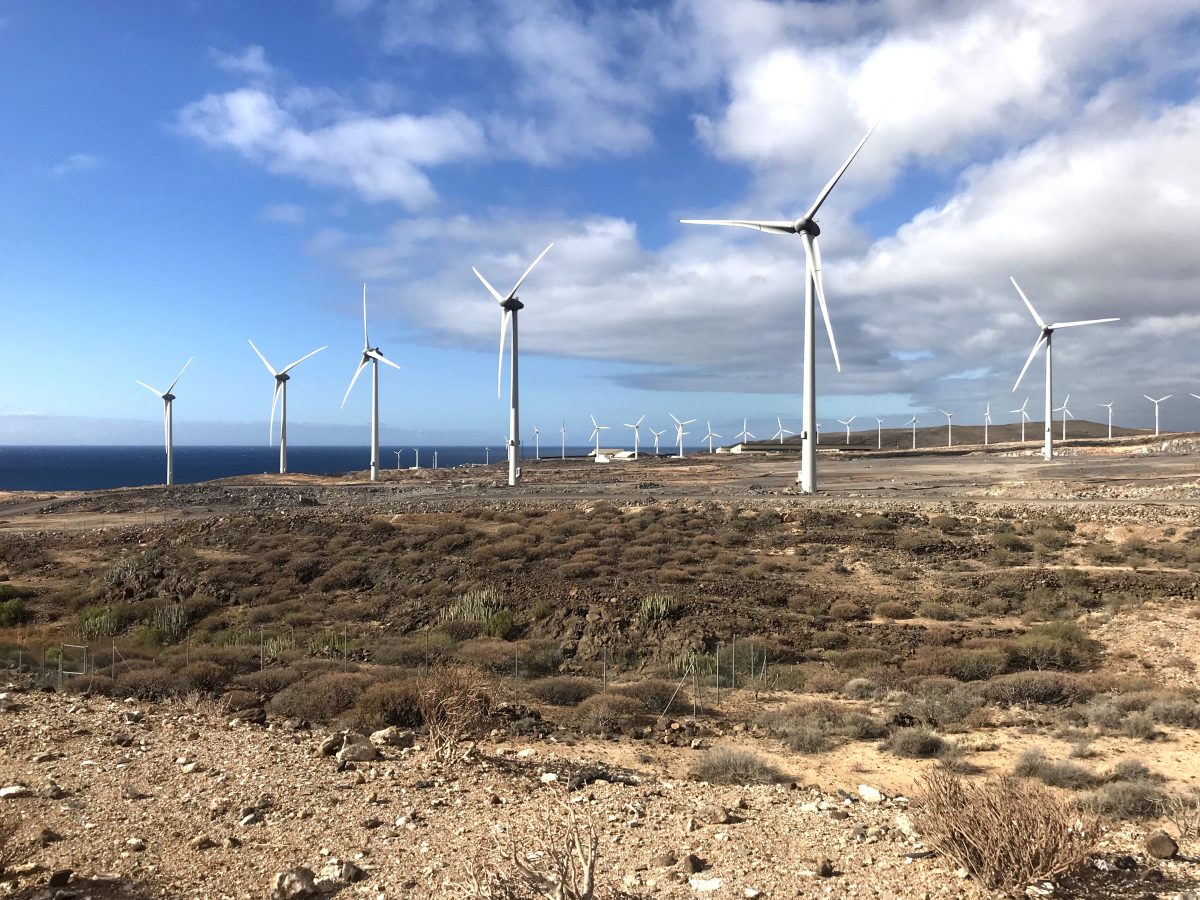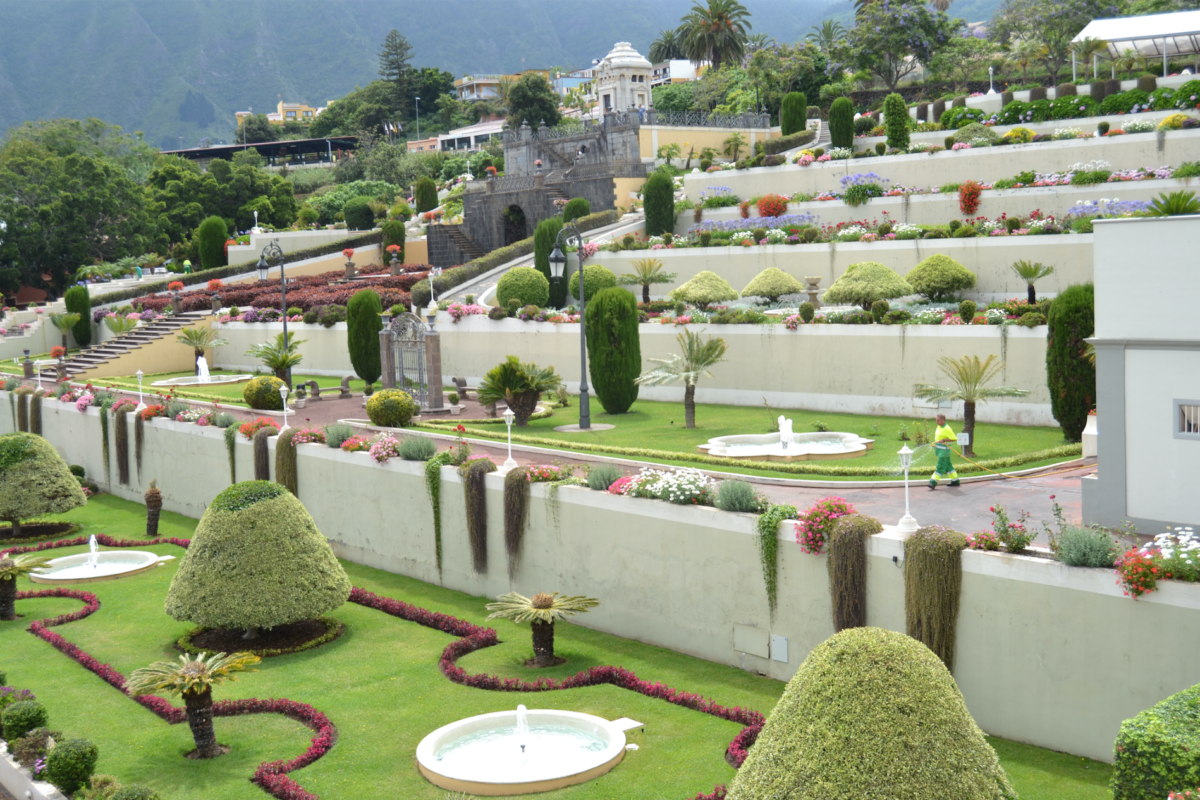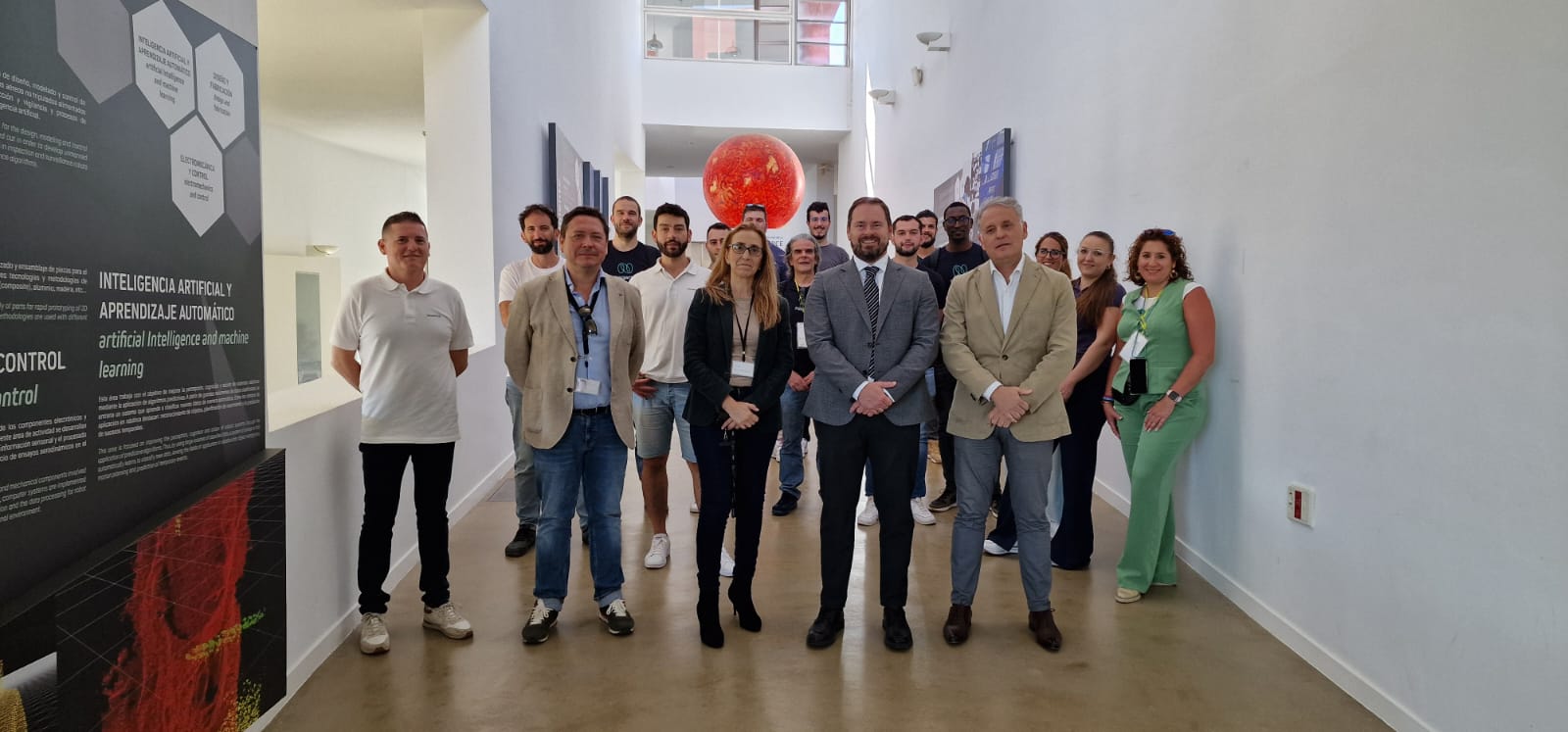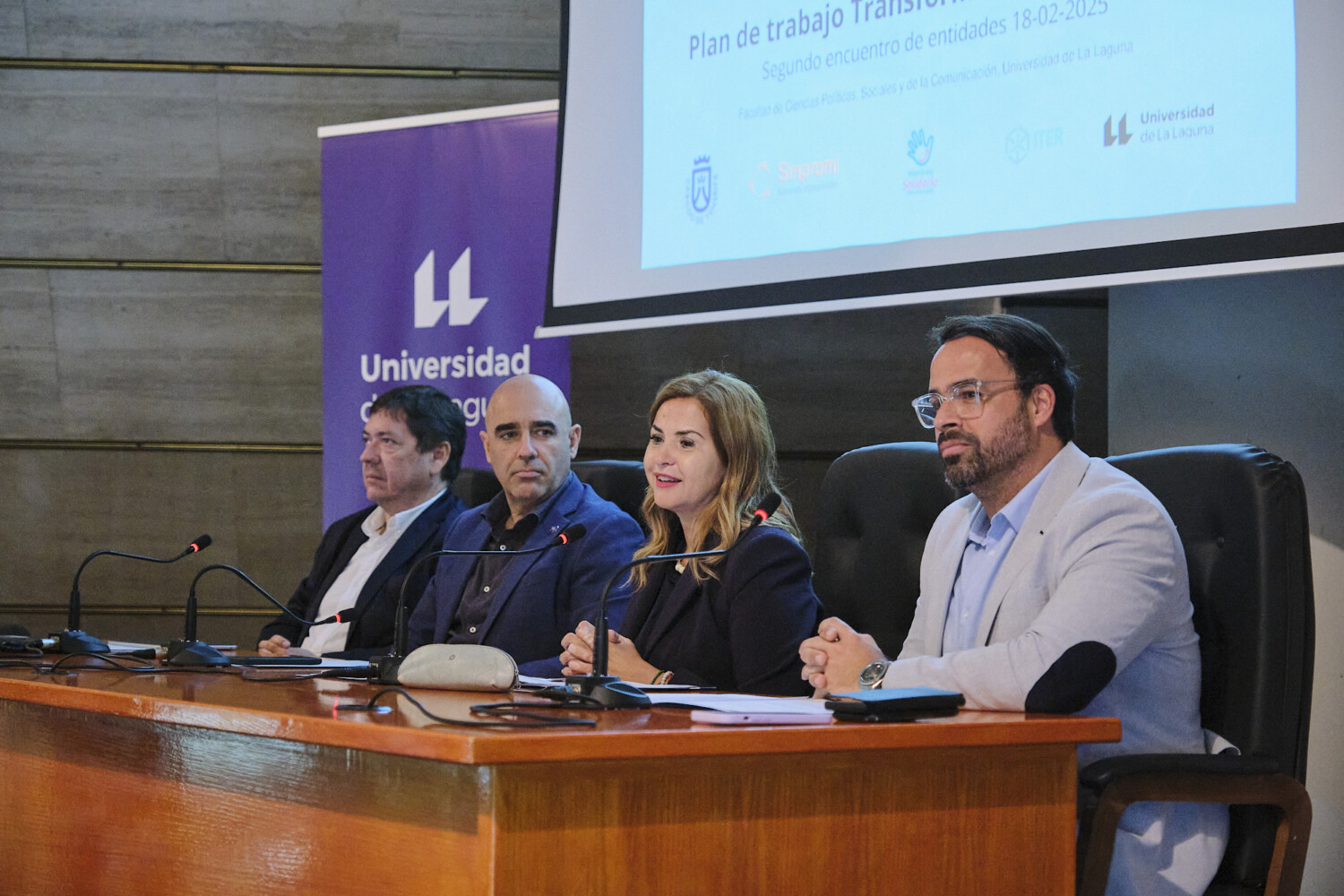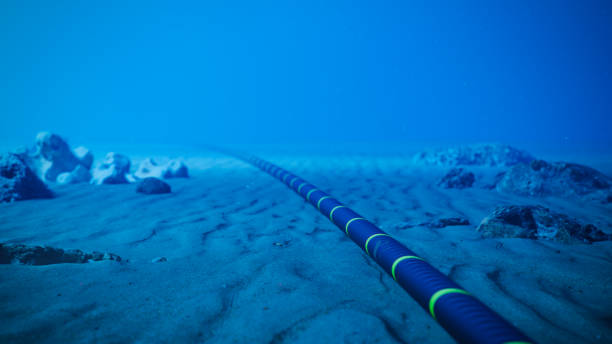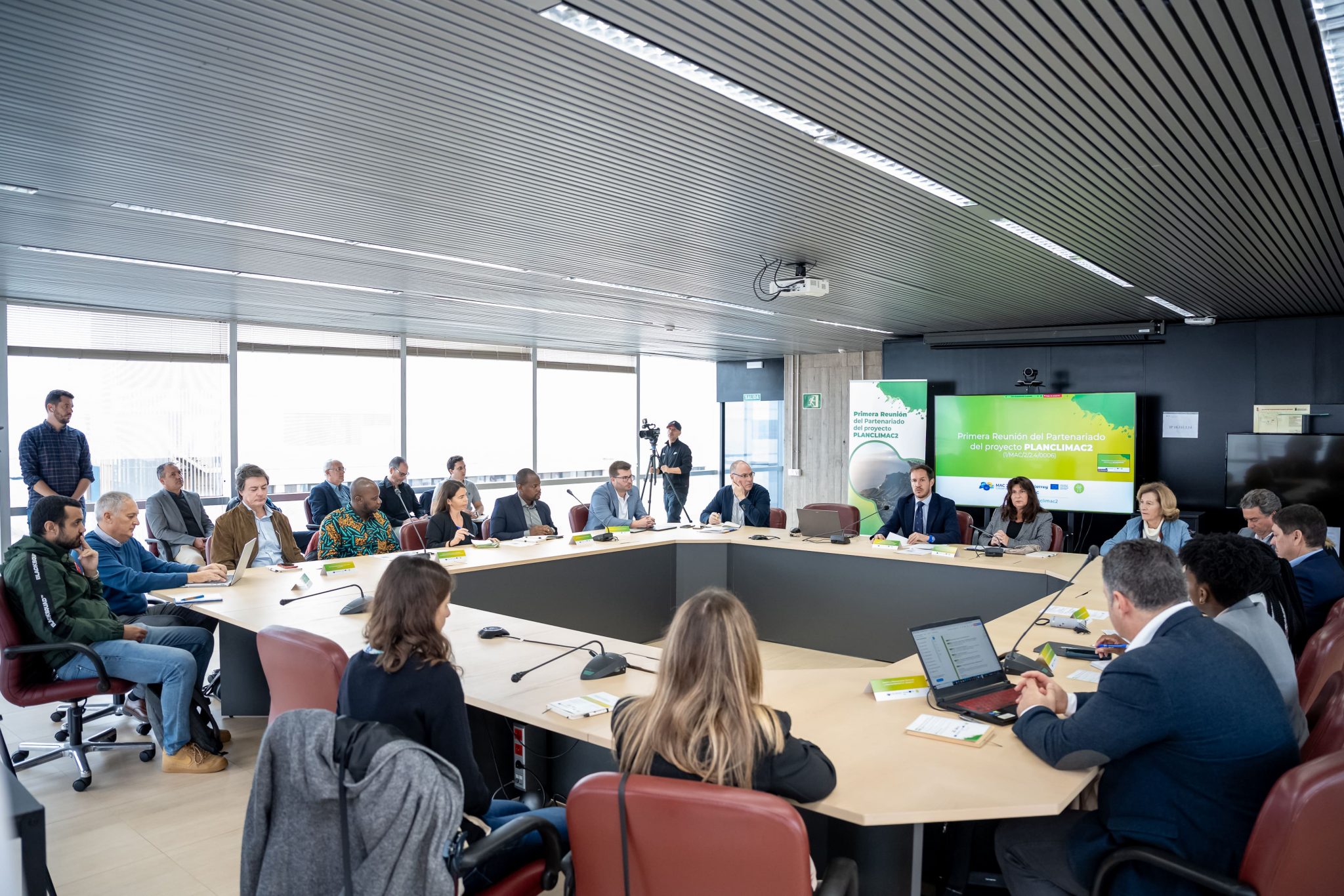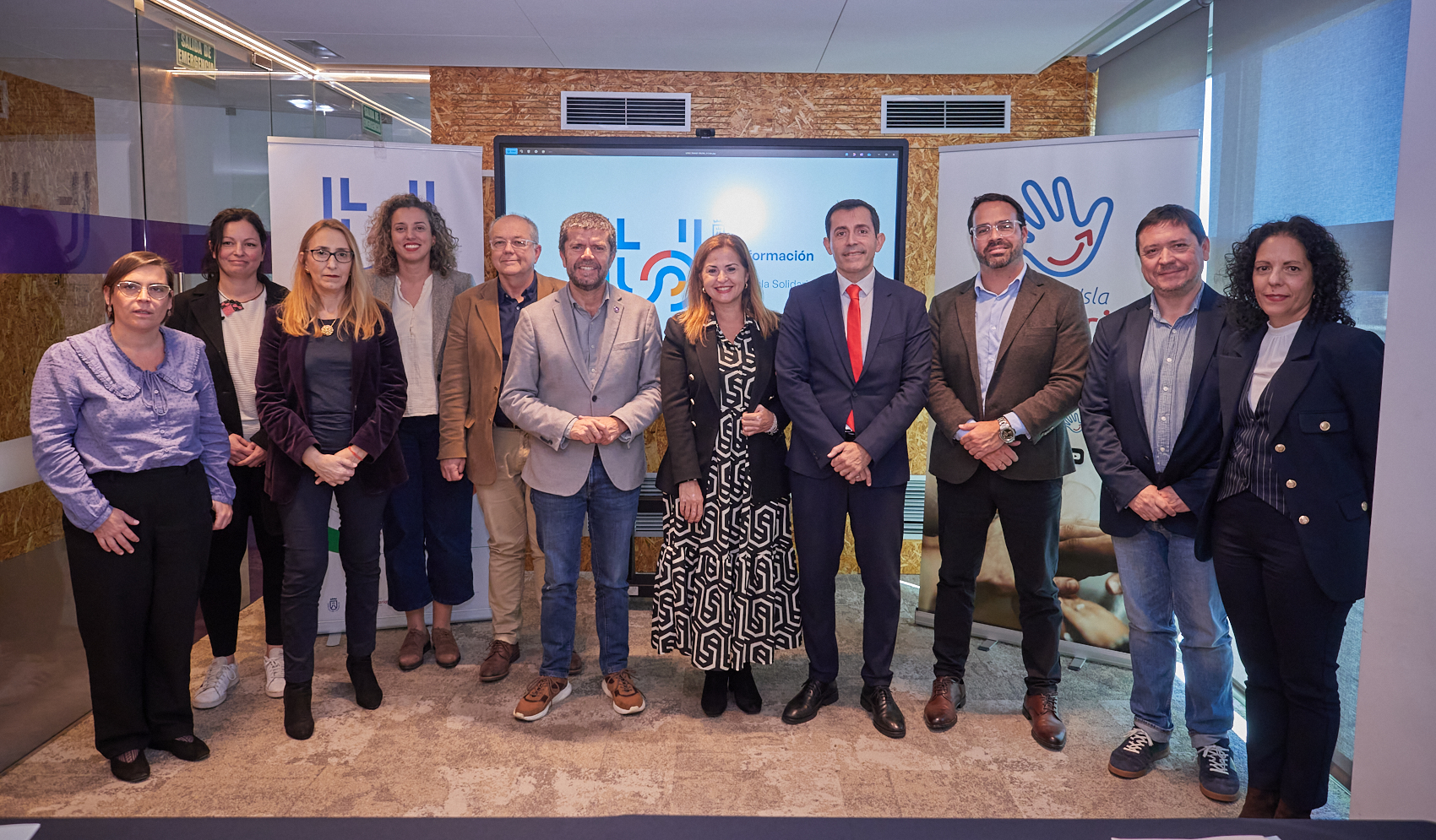New comprehensive solution for surface foundations of wind turbines
Data
Acronym: CICONA
Reference: RTC2019- 006964-3
Partners: Universitat Politecnica de Valencia, Instituto Tecnológico y de Energías Renovables and Universidad de Alicante.
Duration: 07/01/2020 – 06/30/2022 (30 months)
Budget: 602,094.61 €
Co-Financing: Collaboration Challenges 2019. State Program of R&D&I Oriented to the Challenges of Society.

Project overview
With 23,484 MW of accumulated power, wind energy was the second largest source of electricity generation in Spain in 2018, covering up to 19% of the total energy consumed in the country. The recent increase and improvement in economic levels has led Spain to seek alternative energy sources to traditional ones, which are more sustainable and have better economic prospects in the medium and long term. In this situation, wind energy has found a clear path of penetration into the Spanish market, positioning itself as the benchmark sustainable energy source. The sector, over the past 10 years, has grown at a rate of over 10% per year, which reflects a clear upward trend. In this way, Spain has been able to position itself as a clear benchmark in the field of wind energy worldwide, being the fifth country in the world by installed capacity, only surpassed by larger nations with greater economic potential such as China, the United States, Germany or India. Furthermore, in terms of sustainability, wind energy prevents Spain from emitting more than 25 million tons of CO2 per year.
However, little progress has been made in the development of new construction materials that allow wind turbine foundations to be built more efficiently. It is estimated that the price of concrete and steel for the construction of foundations ranges between 20 and 40% of the total cost of a wind farm, thus detecting the urgent need to optimise the materials used to reduce the cost of these elements.
It is in this situation, where the consortium has detected the opportunity to carry out the new CICONA solution, based on the development of a new UHPC style concrete adjusted to market price, which will allow optimising the design of the foundation saving huge economic amounts in terms of concrete volume and amount of reinforcement reinforcement. This new solution will be completed with the development of an optimised foundation calculation software that will offer an optimised design of the foundation typology considering, among other variables, the type of terrain where the foundation will be executed, the key dimensions of the wind turbine, or the operating conditions where it will work.
Two important innovations stand out in this new solution: 1) Development of a new concrete dosage with UHPC characteristics that achieves, at market price, the ideal properties for the manufacture of wind turbine foundations. And 2) A tool for the optimised design of wind turbines considering the new concrete developed, which will have an important mathematical basis, as it will be nourished by a large number of numerical models and mathematical studies of different strategically selected foundation scenarios.
The general objective of CICONA is the optimisation and improvement, both technically and economically, of the current systems for the execution of wind turbine foundations, based on a new low-cost concrete, with improved mechanical performance compared to the concretes conventionally used. By integrating this new material into the foundation systems used, and by means of the appropriate mathematical and numerical modelling, the geometry of the current foundations will be optimised, with a direct impact on their cost, thanks to the consequent saving in concrete volume and amount of reinforcement. The numerical modelling developed will be integrated into a new user-friendly software, which will allow the optimised foundation to be immediately obtained.
The following is a schematic diagram of how the solution works:
![]()
Links of interest:


